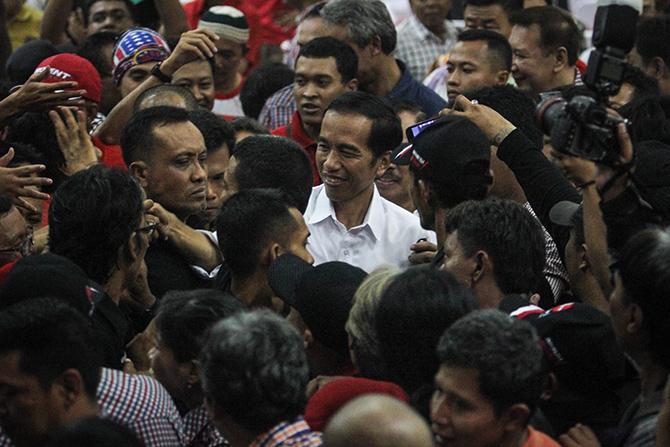
The combination of the new institutions and new technologies effectively shrank the globe, not just the region, and became the engine of globalization. Wave 1 growth not only separated manufacturing from consumption, but as a consequence led to a fundamentally new global business paradigm in which giant multinational corporations (mainly American), such as General Electric, developed new ways of organizing their activities, which had important implications for regional policy makers. The emerging multinational corporations embraced a new, global division of tasks, functions and, as a consequence, also of labor.
The rapid emergence of multinationals was an important enabler of the Wave 1 globalization of supply chains and the ensuing global division of labor. The global division of labor led to accelerating global trade. This required parallel changes in international agreements to reduce tariffs and other barriers to trade. Achieving full benefit from these external changes also required domestic market liberalization and an openness to foreign direct investment. The consequence was unprecedented wealth creation for those countries that adopted the then-unfashionable, labor-intensive export-oriented growth model.
During Wave 1, just four newly liberated, resource-poor nations with little to lose (the “Asian Tigers” Taiwan, Singapore, Hong Kong and South Korea), and whose hard and soft infrastructure had been devastated by World War II, adopted this model. In so doing, they demonstrated its effectiveness as a driver of growth. These economies had political leaders willing to “educate” their people to change attitudes toward investment, often in cultures with traditional beliefs that foreign investment destroyed jobs and was a form of economic colonialism.
If globalization was indeed the driver of Wave 1 of Asia’s miracle growth, then this was running out of steam after the second 1979 oil price shock and might have died on Nov. 9, 1989, with the fall of the Berlin Wall and the symbolic end of the Cold War. However, help for a new wave of market-based restructuring of global and regional supply chains was at hand from an unlikely source: China, the world’s most populous, and still communist, nation. In China’s “Four Modernizations,” it began a trade and investment-led integration with the global economy while maintaining its monopoly on political power.
By the 1980s the combination of China’s labor cost advantage, the opening of its markets and the unanticipated boost from the G5 meeting convened in New York in 1985 (the Plaza Accord) to address America’s “triple deficit” became the catalyst for reforms that drove Wave 2. These reforms included growth-oriented and currency realignment policies that led to a dramatic appreciation of the yen/dollar rate, and therefore to an acceleration of investment from Northeast into Southeast Asia. Together, these events triggered the second regional growth tsunami that I refer to as Wave 2 (regionalization-driven) growth.







 resized.png)
